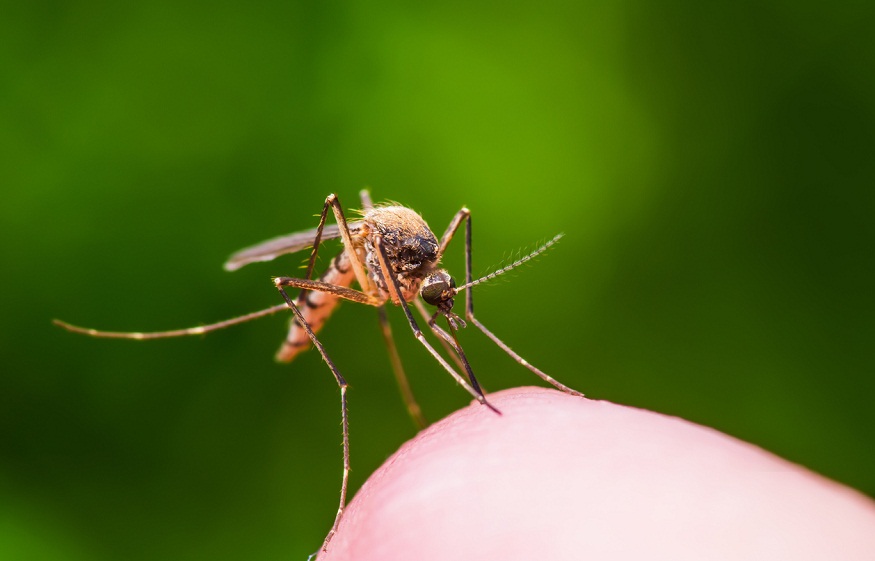Termites can slip through narrow gaps and work out of sight for months without being noticed. Eagle homeowners deal with soil conditions, moisture levels, and wooden structures that create ideal pathways for these insects. But you can take advantage of routine inspections to have an early edge. Hemi Pest Control experts can help reveal less obvious signs and stop damage before it grows out of control. Below, you can find out more about the importance of regular inspections for termite control:
Termites Stay Hidden Too Well
Termites in Eagle move through soil and inside structural wood, where you cannot spot them without a trained eye. They avoid light, travel through covered channels, and work deep inside beams or wall voids. Without routine checks, termite activity can advance for months in spaces you never look at such as crawl spaces, attic beams, foundation edges, and wall interiors. Regular inspections help uncover faint wood damage, early mud tube formation, moisture levels that attract termites, and structural spots with softened wood.
Eagle’s Climate Encourages Termite Activity
The Treasure Valley’s seasonal moisture swings give termites favorable conditions throughout the year. Spring moisture softens soil, while warm periods support colony growth. Also, dry summer months push termites to search for more reliable water sources inside structures. A once-a-year inspection helps, but homes that sit near moisture-heavy landscapes, older irrigation systems, or shaded areas may benefit from more frequent visits.
Catch Structural Damage
Termites consume wood from the inside out, so the earliest damage stays hidden under outer surfaces. These hollowed sections can weaken beams, joists, subfloors, and support boards. An inspector checks the core of these components in a way a homeowner usually cannot. They tap, probe, and examine areas where structural load sits heaviest. Early detection helps prevent sinking floors, sagging ceilings, and weakened load-bearing beams. Also, it prevents significant repairs that cost more than prevention.
Moisture Problems Often Go Hand in Hand With Termites
Termites gravitate toward damp wood. Eagle homes can deal with moisture concerns from rain, irrigation, or poor ventilation. Crawl spaces, decks, basement walls, and aging siding can absorb moisture fast. Routine inspections help spot water issues before they draw pests. Inspectors check for damp insulation, dripping pipes, and soft deck boards. Also, they look for condensation near vents and foundation seepage.
New Construction and Old Homes Face Risk
Many Eagle homes have beautiful wooden features, outdoor structures, and landscape elements that termites target. Fresh lumber appeals to termites, and soil disturbance around construction sites may invite early colonies into the area. Older homes face different risks, including aging wood, shifting foundations, and outdated drainage systems. Routine inspections help tailor prevention to your home’s age and layout. They also track how risk levels shift.
Inspections Help Identify Entry Points You Would Miss
Termites squeeze through tiny gaps. They enter through cracks, expansion joints, siding gaps, and points where wood meets soil. A Hemi Pest Control inspector will look closely at foundation edges, gaps in plumbing routes, and wooden steps that touch soil. They also pay attention to landscape timbers near walls and crawl space vents and screens. These access routes often sit in low-light areas or corners of the property that homeowners do not check often.
Prevention Becomes Stronger With Regular Monitoring
A treatment is not always enough to protect a home long-term. Termite colonies can re-establish paths, shift to new soil locations, or find alternative routes inside. Regular inspections ensure your prevention plan stays adaptable. If a barrier weakens or moisture levels rise in an area, you can fix the issue before termites use it. Monitoring strengthens soil treatments, bait station systems, wood treatments, and moisture control measures.



